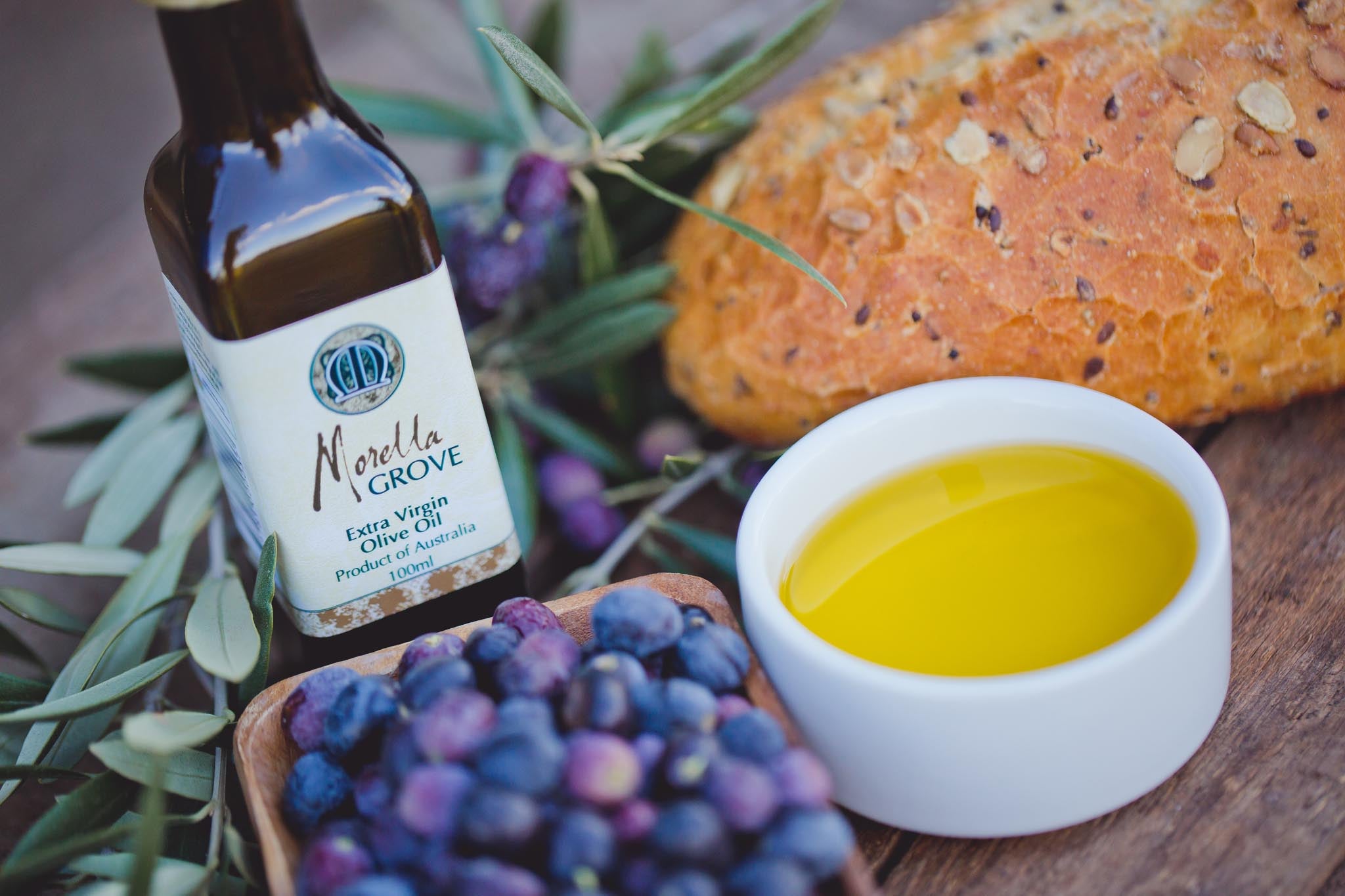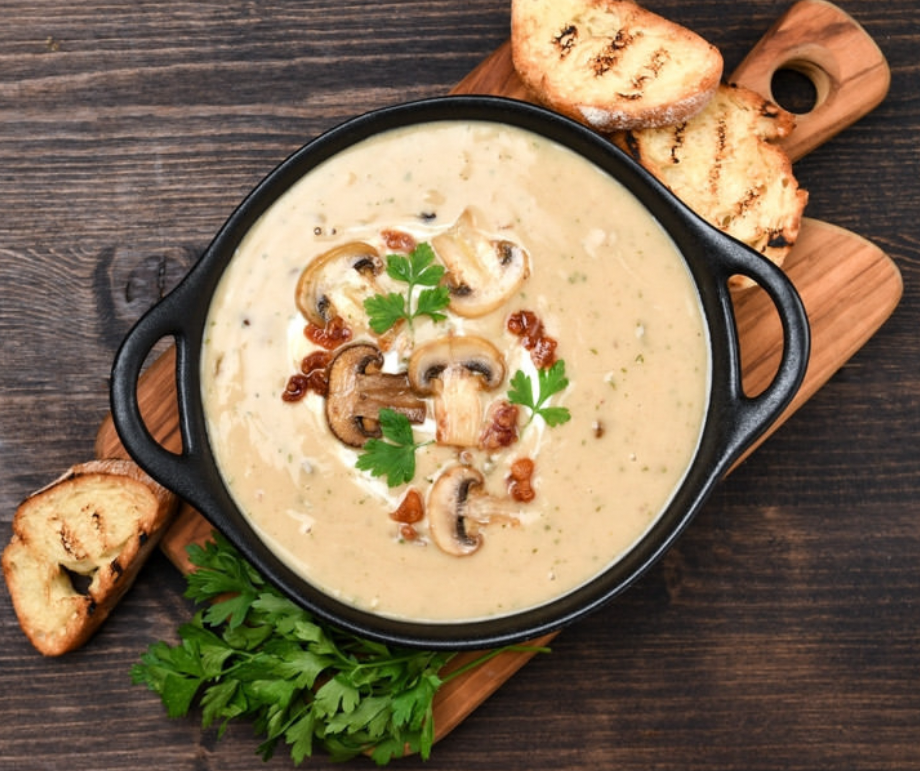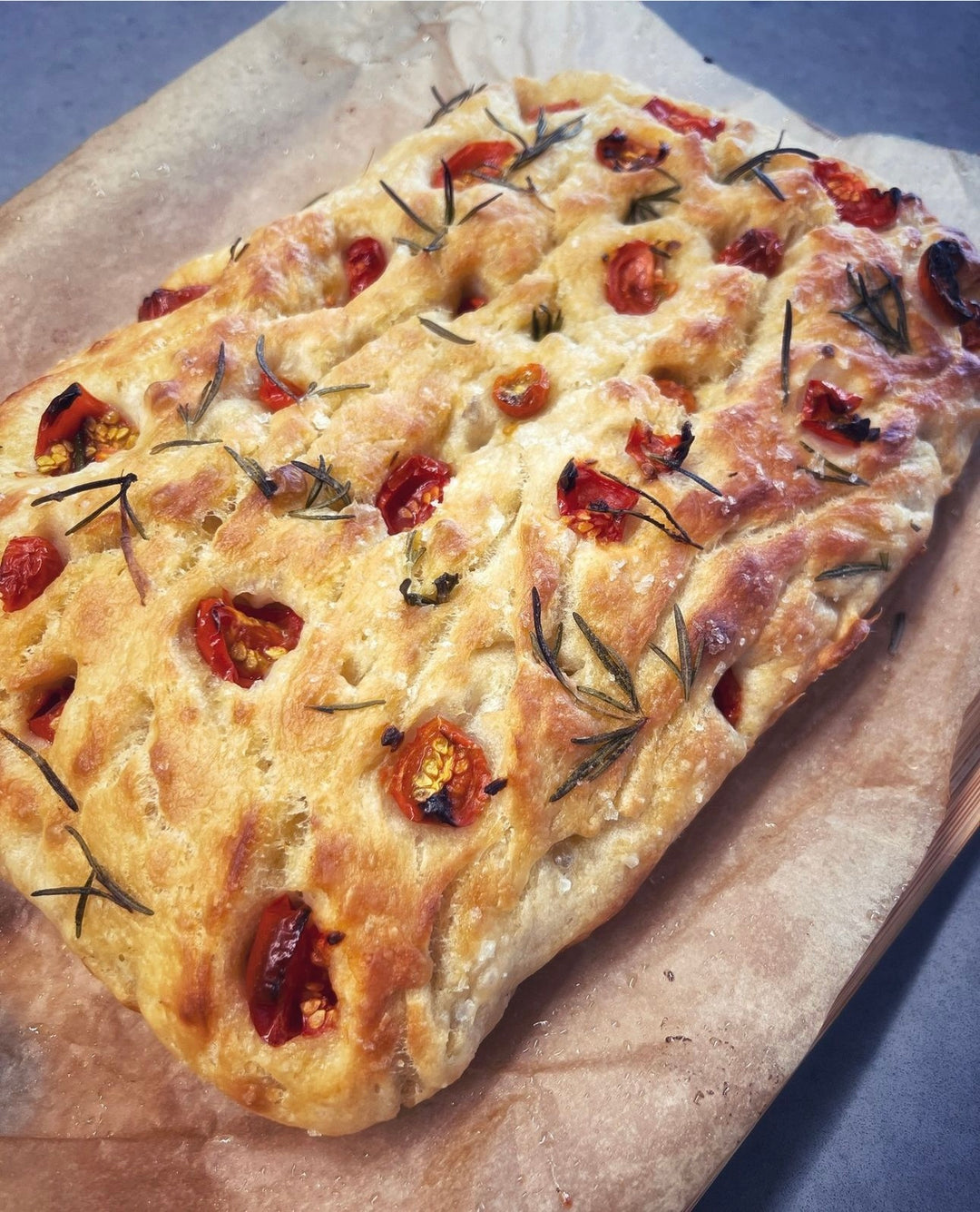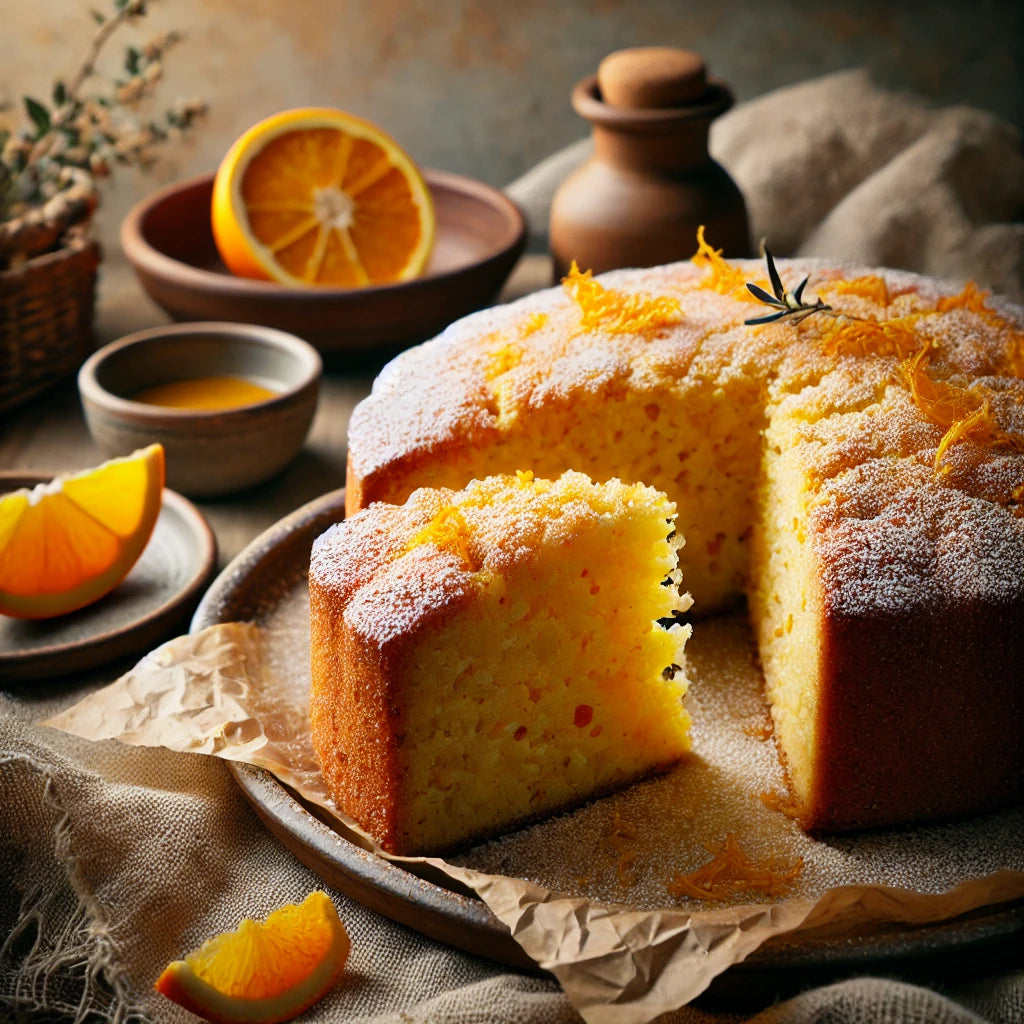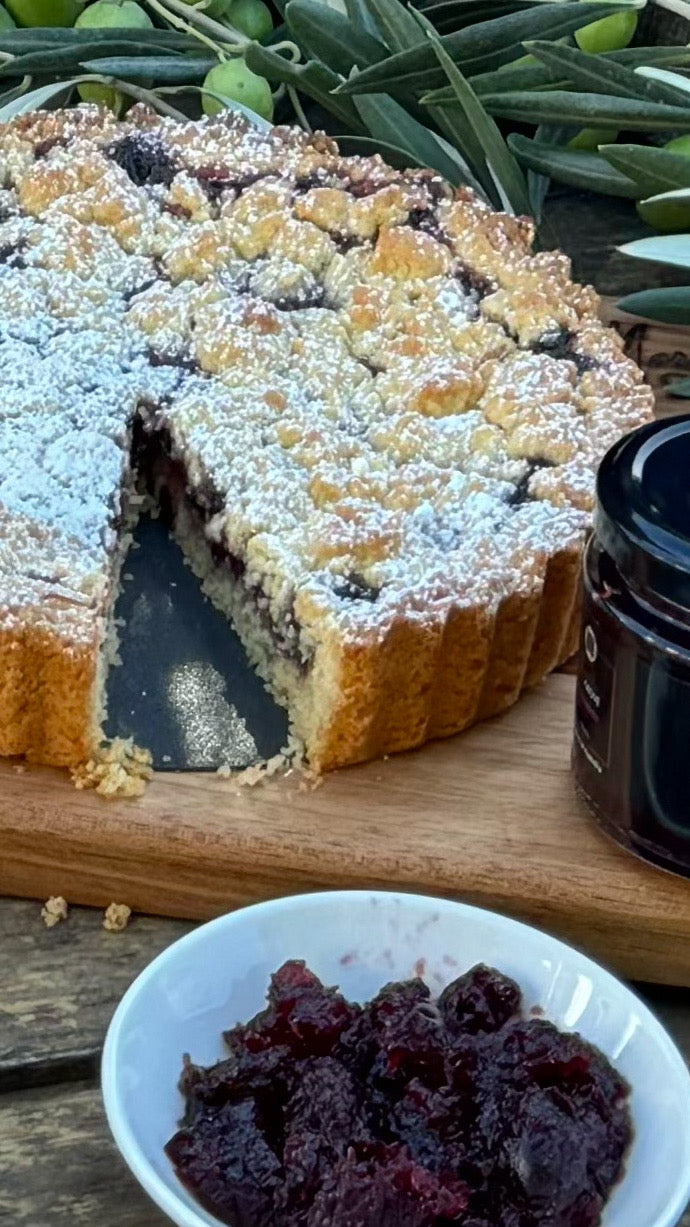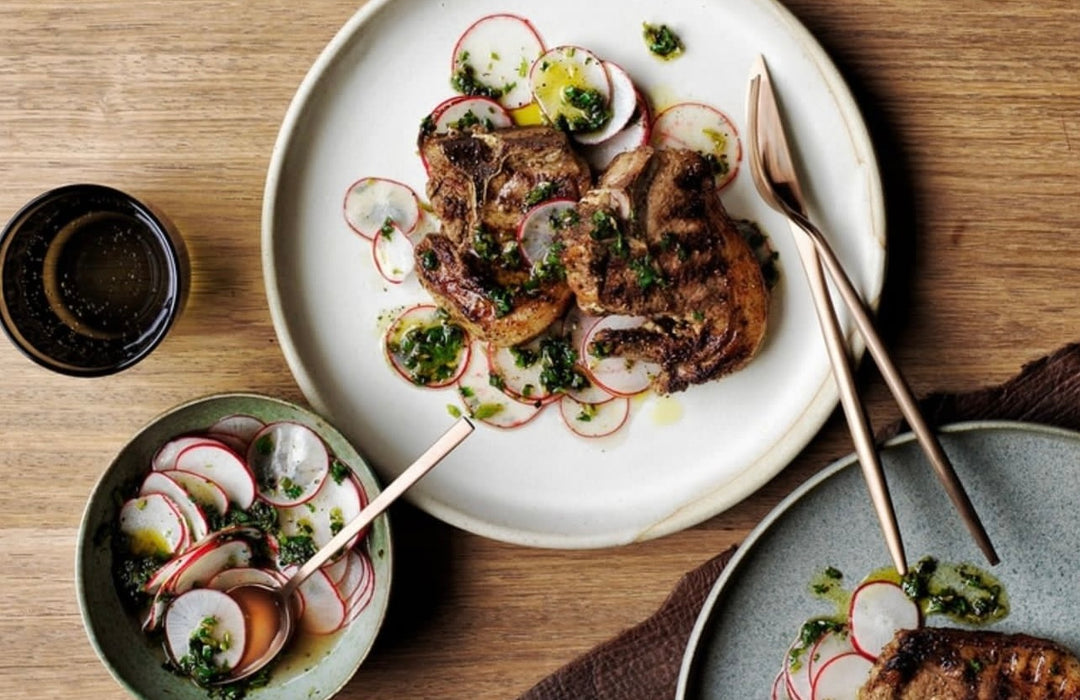Many people adore the distinct flavour of freshly made extra virgin olive oil. But did you know you can actually make this liquid gold at home?
While the process isn't as simple as squeezing olives by hand, learning how to make extra virgin olive oil allows you to create a delicious oil right from your kitchen.
Of course, if you aren’t interested in DIY, high-quality extra virgin olive oil can be purchased online or in-store. However, this article will focus on how to make extra virgin olive oil in the comfort of your home.
You'll learn the importance of olive selection, the basic equipment needed, and a breakdown of the extraction process itself.
Table of Contents:
- Olive Selection and Equipment: Laying the Foundation
- Understanding Extra Virgin: It's All About the Process
- The Different Grades of Olive Oil: Understanding Quality and Uses
- Unlocking the Health Benefits: A Gift From the Mediterranean
- FAQs About How to Make Extra Virgin Olive Oil
- Conclusion
Olive Selection and Equipment: Laying the Foundation

Choosing the right olives is critical when learning how to make extra virgin olive oil. It significantly affects the flavour, colour, and quality of your oil. The type of olive you choose influences how your final oil tastes. Experiment with different olives from local farmers’ markets if possible.
Freshness is key here. Aim to use olives harvested within 24 hours to ensure peak flavour and prevent any deterioration that could harm the oil's quality. You can make a trip to a grove or explore farmers’ markets for that freshly-picked goodness.
Whether green or black olives, the secret lies in selecting olives free from damage or bruises, because this can impact the final product's taste. We use a mixture of colours when making our award winning extra virgin olive oil to create the unique flavour profile.
Although olive cultivars have a preferred harvesting time and schedule, they’re notoriously slow-growing trees and need 4 to 7 years before they can even yield fruit.
For olive oils on the commercial level, producers usually rely on equipment to harvest their olives efficiently.
The Role of Technology in Large-Scale Olive Harvesting

If you’re intrigued by the behind-the-scenes processes of olive oil production, discovering how larger companies pick their olives might surprise you. They employ an array of equipment ranging from tree shakers that vibrate the whole tree, to branch shakers focusing on individual limbs. You also might come across electric harvesters mimicking the action of a giant mouth , chomping down on olive branches to dislodge the fruit.
Even something as simple as a tree rake can gently comb through the branches and gather olives. In all these scenarios, the precious fruit falls onto carefully placed nets underneath, then they're collected and transported quickly for the next stage of how to make extra virgin olive oil.
Simple Tools for Homemade Extra Virgin Olive Oil
Fortunately, to embark on making extra virgin olive oil in your own kitchen you don’t need this complex equipment. A powerful countertop blender (an immersion blender can also be used), a fine-mesh strainer, and cheesecloth will suffice.
Additionally, having a syringe, a baster, or a gravy separator jug on hand will simplify the separation process. Finally, dark glass bottles with airtight lids or corks will keep your homemade olive oil fresh. Repurposed wine bottles can work as this is great for both the environment and the storage of your oils.
Remember, the simplicity of these tools highlights the fact that how to make extra virgin olive oil is more about technique and understanding, not complex industrial machinery.
Understanding Extra Virgin: It's All About the Process
What distinguishes extra virgin olive oil from its counterparts is the gentle techniques employed throughout the process. True extra virgin olive oil is achieved using a cold-pressing method, keeping the temperature below 80.6 degrees Fahrenheit (27 degrees Celsius) throughout the process.
Extra virgin olive oils are also defined by their low acidity. The International Olive Oil Council defines extra virgin as having a 0.8% or lower acidity. This ensures the retention of all those delightful flavour compounds and valuable antioxidants that make this oil a culinary and nutritional star.
How to Make Extra Virgin Olive Oil: A Step-by-Step Guide
With olives selected and your simple toolkit at the ready, let’s walk through the actual production steps. Remember, each stage plays a role in ensuring high-quality extra virgin olive oil.
| Step | Description | Pro Tip |
|---|---|---|
| Crush Your Olives | Clean the olives thoroughly and gently crush them into a rough paste. | Remove large pits if necessary to protect your blender blades. |
| Blend the Olive Mixture | Turn the rough olive paste into a smooth, fine paste using a blender. | Blend until you see small droplets of oil appear on the paste. |
| Strain the Liquid | Separate the olive liquid from the paste. Use cheesecloth inside a mesh strainer over a bowl and leave a heavy object over the wrapped paste for at least half an hour, pressing occasionally. | Fold the edges of the cheesecloth to create a tight bundle for effective straining. |
| Let the Oil Separate | After straining, move the liquid to a large jar, ideally a gravy separator. Allow the mixture to settle for at least a couple of hours, letting the oil rise naturally to the top and separate from the olive juice. | You'll notice distinct layers forming, a beautiful sight that showcases nature's separation magic. |
| Bottle Your Olive Oil | Once the oil is completely separated from the water and juice, remove it gently. A baster or syringe is ideal for this to make sure only oil is collected. Pour your newly made olive oil into a dark glass bottle to preserve its freshness. Store this in a dark, cool location. | Repurpose wine bottles - environmentally friendly and perfect for storing. |
Enhancing the Yield of Homemade Extra Virgin Olive Oil
You might wonder if there are ways to maximize the yield when learning how to make extra virgin olive oil at home. Three tips will help ensure you’re making the most of your beautiful olive harvest.
First, gently heating the paste can coax more oil to release without compromising its "virgin" status. Maintaining a low temperature, always under 82ºF (27.8ºC), is crucial. Think about it like helping nature along a little without rushing or forcing the process.
Next, blending without the pits makes a difference as it lets you focus solely on breaking down the olive pulp, releasing more oil. Lastly, a surprising tip involves using hot water to release even more olive oil.
After your initial straining, blending the remaining pulp with hot water will loosen up lingering oil. However, you'll need to separate that excess water carefully from the oil in the same way you separated the initial olive juice. This ensures a good balance between quantity and quality.
The Different Grades of Olive Oil: Understanding Quality and Uses
Not all olive oils are the same, they’re classified into four distinct categories based on their acidity, flavour, and production method.
- Extra virgin olive oil: This top-tier oil results from the first pressing of olives and boasts low acidity. Its flavour profile is robust, complex, and peppery, perfect for drizzling over salads or enjoying with crusty bread to appreciate its vibrant nuances.
- Virgin olive oil: Similar in its cold-pressing method, virgin olive oil also offers a delightful flavour, although slightly milder than extra virgin. It has slightly higher acidity levels making it ideal for all-around cooking, particularly sauteing and light frying where you still want to showcase olive's inherent flavour.
- Refined olive oil: While this category includes oils extracted from olives, refined olive oil undergoes a process to remove impurities, colour, and strong flavours. It usually involves chemical treatments, filtering, or even charcoal. As a result, refined olive oil has a neutral taste, making it great for baking or recipes where olive oil's pronounced taste might clash. It's a more budget-friendly choice too.
- Olive pomace oil: The lowest grade is made from the pulp leftover from the first three pressing stages. Solvent extraction is often needed here to extract the remaining oil, meaning olive pomace oil undergoes additional processing steps. Although technically still from olives, it has a higher smoke point than virgin or extra virgin olive oils making it better suited for frying or situations needing high heat.
Learning how to make extra virgin olive oil centres around achieving that highest quality with vibrant taste. While all these grades of olive oil come from the same fruit, their production methods determine their eventual applications in your kitchen.
Unlocking the Health Benefits: A Gift From the Mediterranean

Olive oil isn't just about delicious flavour - it's also an integral part of the Mediterranean cuisine, a culinary approach known for its health-boosting properties.
One surprising finding is olive oil's potential as an anti-inflammatory. In one study, consuming 50ml of extra virgin olive oil daily demonstrated a similar effect on the body as a 10% dose of Ibuprofen.
Additionally, oleic acid, a key component in olive oil, not only combats inflammation, but may also lower the chances of strokes.
Aside from combating inflammation, olive oil is a powerhouse of antioxidants, fighting off free radicals and helping to decrease your chances of developing several diseases.
And that's not all, olive oil is chock-full of heart-healthy monounsaturated fats and may also reduce the risk of strokes because of the way it reduces how LDL cholesterol oxidizes.
This means it’s less likely to negatively affect your blood vessel linings and possibly lead to clots.
Additionally, olive oil helps prevent the oxidation of LDL ("bad") cholesterol and can even stop blood from clotting excessively.
And there’s more. This golden oil packs antibacterial properties too, helping to neutralize harmful bacteria in your stomach.
Incorporating olive oil into your daily routine can support your overall wellbeing, good digestion, heart, immunity, and even mental clarity. This liquid gold is truly an everyday treasure chest of natural goodness.
FAQs About How to Make Extra Virgin Olive Oil
How Long Does Homemade Olive Oil Last?
While commercially produced extra virgin olive oil boasts a shelf life of up to 2 years, the lifespan of your homemade extra virgin olive oil depends on factors such as your filtration and storage methods. It’s all about minimizing the moisture in your final product.
You should be left with pure oil, free from any solids or extra liquid from the olive juice. The better you filter and store it in dark, cool spaces, the longer its shelf life.
Can You Make Olive Oil Without a Blender?
Traditionally, olive oil was made using stone mills and presses. However, if you lack these special tools and a blender, creating olive oil is difficult and inefficient. While technically you could crush olives manually and attempt to extract oil using cheesecloth and a lot of patience, the process is very time-consuming and produces minimal yield.
How Much Olive Oil Will I Get From My Olives?
It usually takes between 6 to 10kg of olives (13 - 22 lbs) to yield around one litre of oil (or 34 fl oz). Variables impacting this include your selected olive variety, its level of ripeness, how much rain has fallen during the growing season, the altitude, and of course your extraction technique itself. But, don't be discouraged if you don’t get the same amount from each batch - embrace the individuality of each harvest.
Conclusion
Discovering how to make extra virgin olive oil unlocks a realm of culinary possibilities. You gain an understanding of how to control each step to achieve your ideal taste and explore various health benefits of this liquid gold.
Whether a drizzle on a salad, an accent in pasta sauces, or part of your favourite baking, extra virgin olive oil can elevate any dish. The steps to how to make extra virgin olive oil in your own kitchen are straightforward but require patience.
Each batch reveals the distinct characteristics of your olive harvest, ensuring a slightly different flavour each time. Remember that high-quality extra virgin olive oil, whether bought or crafted with care in your own kitchen, truly represents a commitment to flavourful, healthy living. So get started creating your liquid gold and taste the magic yourself.
If you love extra virgin olive oil, then be sure to try our award-winning extra virgin olive oil (if you haven't already!).


